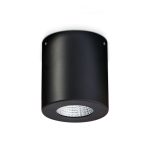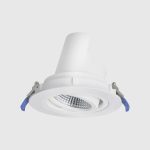Quick Fixes: What to Do When Your LED Light Remote Breaks
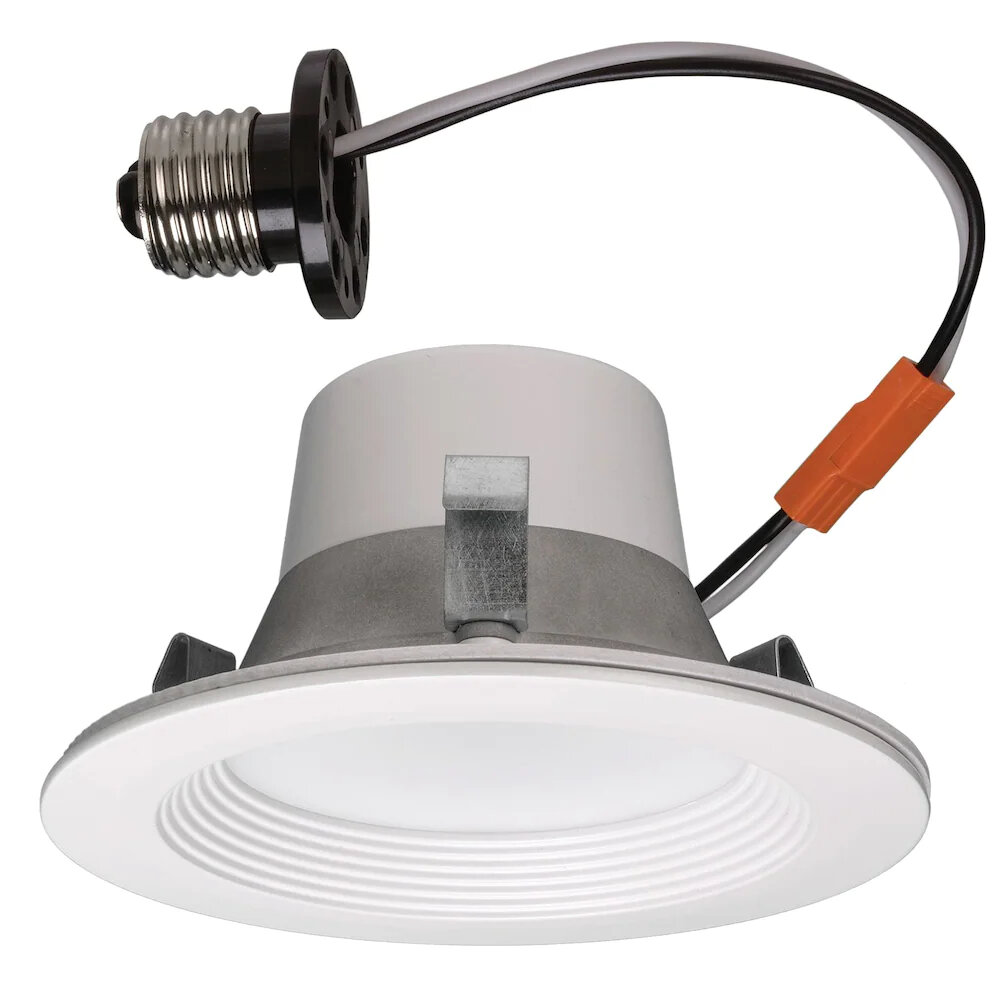
LED lights have become a popular lighting choice in recent years due to their energy efficiency and long lifespan. However, along with the increasing use of LED lights comes the need for remote controls to operate them. These remote controls can be incredibly useful, allowing you to change the color, brightness, and other settings of your LED lights with just the push of a button. But what happens when your LED light remote breaks? Don’t worry, as there are several quick fixes that can help you get your LED lights back up and running in no time. Firstly, it’s important to understand that there are several reasons why your LED light remote may stop working. Sometimes it can be as simple as the battery running out, while other times it may be due to a malfunction in the remote itself. Regardless of the cause, there are several quick fixes that you can try before resorting to buying a new remote. In this article, we’ll explore some of the most effective ways to troubleshoot and repair your LED light remote, so you can get back to enjoying your beautifully lit space.
LED lights are an important fixture in modern lighting systems. They are energy-efficient, long-lasting, and versatile. LED lights can be used in a wide range of applications, from home lighting to automotive lighting. The use of remote controls to operate LED lights is becoming increasingly popular. Remote controls allow you to control the intensity, color, and mode of your LED lights with ease. They also provide convenience and flexibility, allowing you to change the lighting settings from the comfort of your couch or bed. However, when your LED light remote breaks, it can be frustrating. In this article, we will explore some quick fixes for when your LED light remote breaks.
Identify the Problem
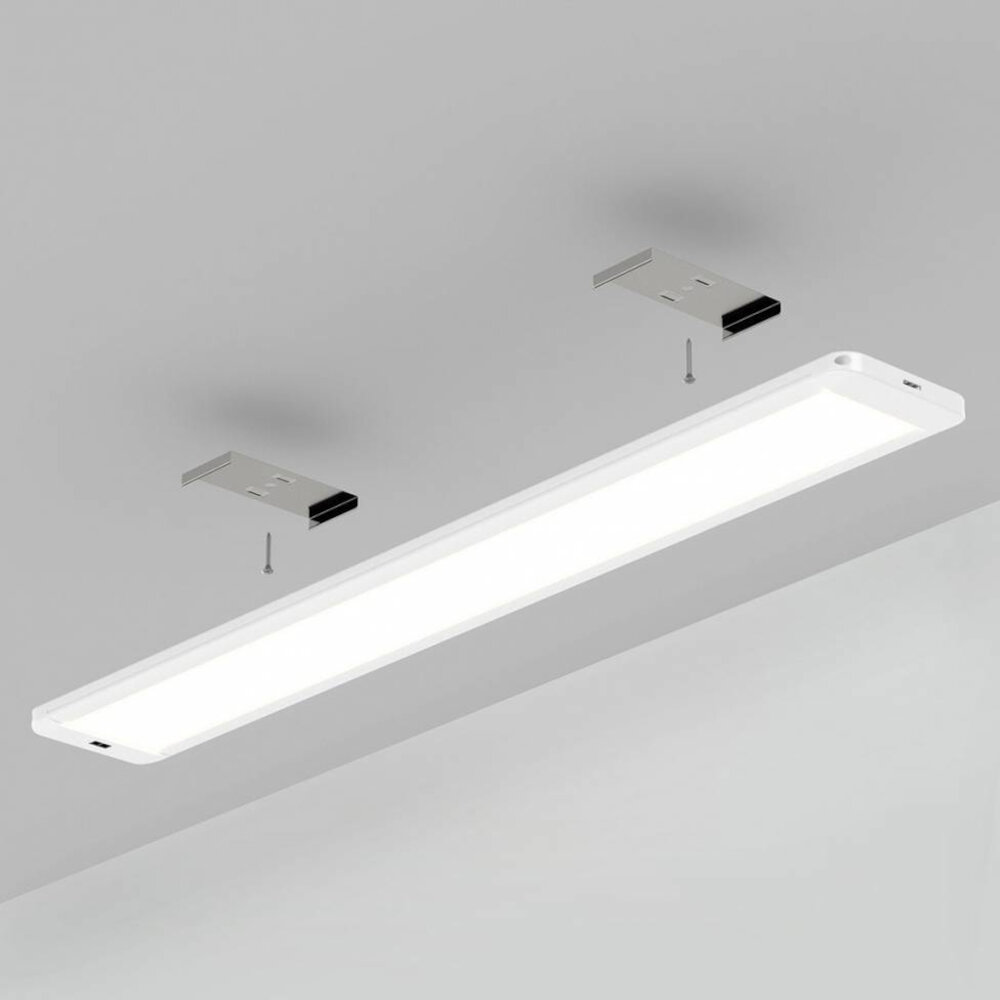
When your LED light remote breaks, the first thing you need to do is identify the problem. Is it the remote that is not working, or is it the light fixture itself? You can easily check this by trying to turn the light on and off manually. If the light turns on and off with the switch, then the problem is likely with the remote. If the light does not turn on and off manually, then the issue may be with the light fixture itself. Once you have identified the problem, you can move on to finding a solution. Identifying the problem is crucial because it helps you determine the best course of action. If the problem is with the remote, then you may need to replace the batteries or purchase a new remote. If the issue is with the light fixture, then you may need to call a professional electrician to come and fix the problem. By identifying the problem, you can save time and money by finding a solution that addresses the root cause of the issue. So, take the time to identify the problem before attempting any quick fixes.
When your LED light remote stops working, the first step is to check the batteries. If the batteries are dead or low, replace them and try the remote again. If the batteries are not the issue, make sure the remote is pointed directly at the receiver on the light fixture. If the remote still doesn’t work, try resetting the receiver by turning off the power to the fixture for a few minutes and then turning it back on. If none of these steps solve the problem, it’s possible that the remote or receiver is faulty and needs to be replaced. Contact the manufacturer or a licensed electrician to troubleshoot the issue further.
Check the Battery
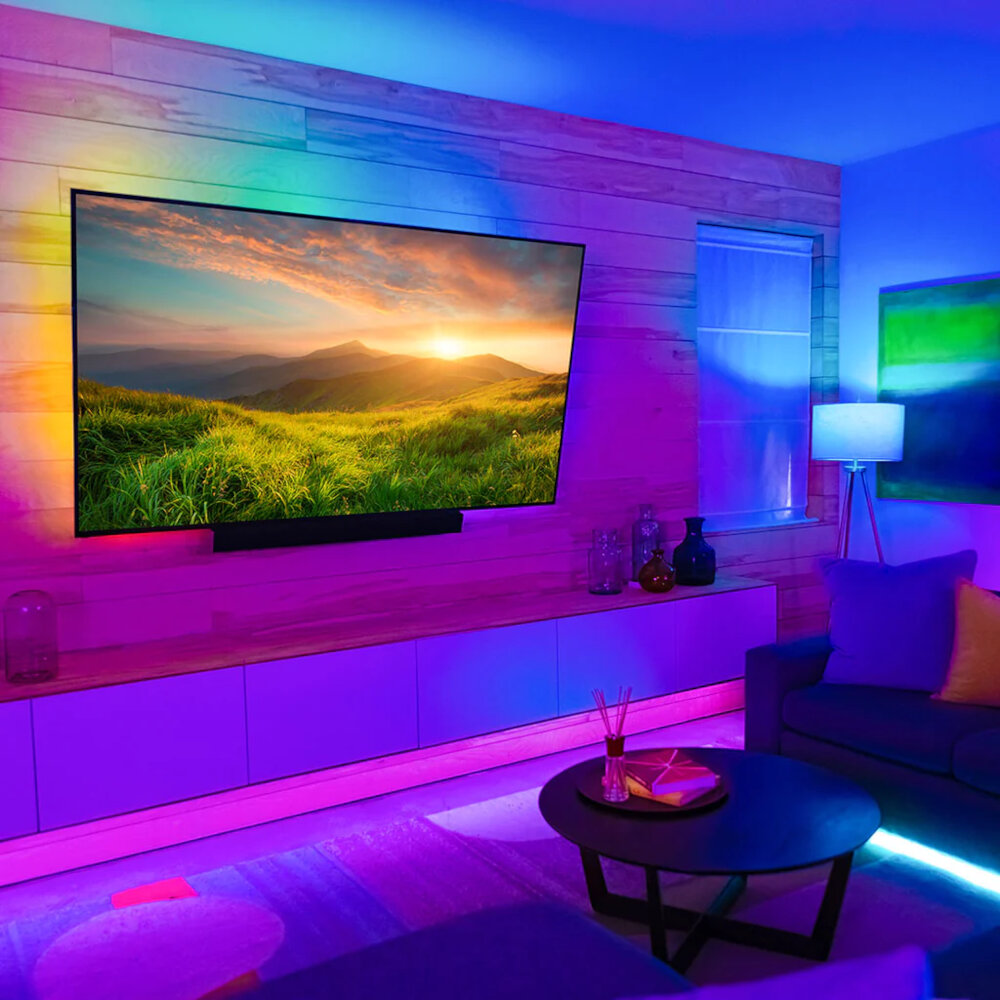
When your LED light remote suddenly stops working, it can be frustrating, especially if you’re in the middle of watching your favorite TV show or reading before bed. One of the first things you should check is the battery. Sometimes, the battery may have died or become loose, which can cause the remote to malfunction. In this case, simply replace the battery or adjust it to make sure it’s securely in place. If you’re not sure how to replace the battery, consult the user manual or contact the manufacturer for guidance. It’s always a good idea to keep spare batteries on hand so you can quickly swap them out if needed. Checking the battery is an easy and quick fix that can save you time and money. It’s a simple step that can help you avoid unnecessary repairs or replacements. Keep in mind that even if the battery is not the problem, it’s always a good idea to check it first before moving on to other troubleshooting steps. By checking the battery, you can rule out a common and easily fixable issue, and move on to other potential causes if necessary. So, before you panic and assume that your LED light remote is broken beyond repair, take a moment to check the battery and see if that solves the problem.
If your LED light remote isn’t working, the battery may be the culprit. To check this, first, remove the battery cover on the back of the remote. Take out the battery and inspect it for any signs of damage or corrosion. If the battery looks fine, test it with a battery tester or try replacing it with a new one. If the remote still doesn’t work, the issue may be with the remote itself. To replace the battery, simply insert the new battery into the remote and replace the battery cover. Make sure to dispose of the old battery properly. With these steps, you can quickly diagnose and replace the battery to get your LED light remote working again.
Reset the Remote

If your LED light remote is not functioning properly, resetting it might be the solution you need. Resetting the remote can help resolve any issues with its functionality and restore it to its proper working condition. To reset the remote, first, remove the batteries from the battery compartment. Then, press and hold any button on the remote for 10-15 seconds. Reinsert the batteries and test the remote to see if it is functioning properly. If it is still not working, try replacing the batteries with new ones and repeat the reset process. If the issue persists, it may be time to consider purchasing a new remote. It is important to note that resetting the remote may not work for all issues. If the remote has been damaged or exposed to water or extreme temperatures, resetting it may not be enough to resolve the problem. In such cases, it may be necessary to replace the remote entirely. However, before purchasing a new one, it is recommended to contact the manufacturer for any troubleshooting tips or warranty information. By following these quick and simple steps, resetting your LED light remote can help you avoid the hassle of purchasing a new one and restore your remote to its proper working condition.
If you’re experiencing issues with your LED light remote control, one quick fix to try is resetting it to its default settings. To do this, locate the reset button on the remote and hold it down for a few seconds until the LED light blinks. Release the button and wait for the remote to reboot. Keep in mind that resetting the remote control to its default settings will erase any personalized settings and you may need to reprogram it to your liking. If resetting doesn’t solve the issue, there may be other underlying problems that require further troubleshooting or professional assistance.
Contact the Manufacturer
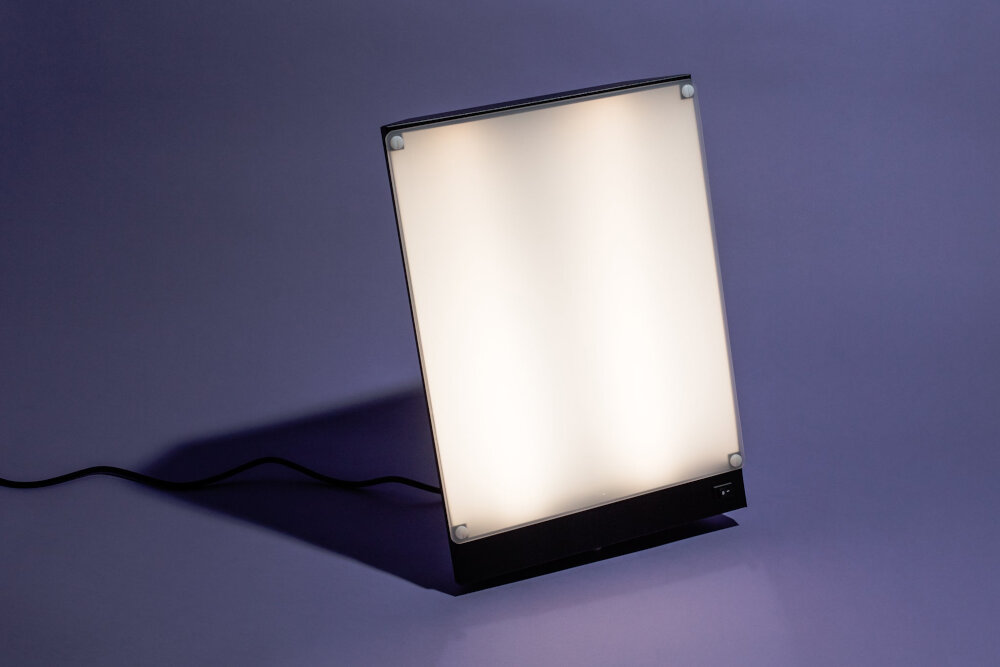
In the event that your LED light remote breaks, one of the quickest fixes is to contact the manufacturer. Most quality LED light manufacturers offer a warranty or guarantee on their products. This means that if your remote breaks within a specific period of time, the manufacturer will repair or replace it for you at no cost. It’s essential to check your documentation or the manufacturer’s website to confirm the terms and conditions of the warranty or guarantee. Once you have this information, you can contact the manufacturer and get the process started. When you contact the manufacturer, be sure to have your purchase details handy, such as the date of purchase, the model number, and the serial number. This information will help the manufacturer identify your LED light and determine whether it’s still under warranty. You may also need to provide pictures of the broken remote or describe the issue in detail. Once the manufacturer has all the necessary information, they will provide you with instructions on how to return the broken remote or how to receive a replacement. Keep in mind that the process may take some time, so it’s always best to have a backup plan in case you need to use your LED light in the meantime.
If all attempts to fix the remote control fail, it is recommended to contact the manufacturer for assistance. The manufacturer can provide technical support and offer solutions to fix the remote control. If the remote control is still under warranty, the manufacturer may replace it for free or at a reduced cost. Before contacting the manufacturer, it is important to have the model and serial number of the remote control on hand. Additionally, it may be helpful to have a copy of the purchase receipt for warranty purposes. Overall, reaching out to the manufacturer for assistance is the best course of action when all other attempts to fix the remote control have been exhausted.
Remotes play a crucial role in controlling LED lights, allowing us to adjust their brightness, color, and mode from a distance. However, when these remotes break or stop working, it can be frustrating and inconvenient. The good news is that there are several quick fixes that can be done to solve the problem. These include checking the batteries, resetting the remote and the lights, ensuring that the remote and the lights are properly synced, and replacing the remote altogether. By taking these simple steps, we can continue to enjoy the benefits of LED lights without any disruption to their functionality.
Conclusion
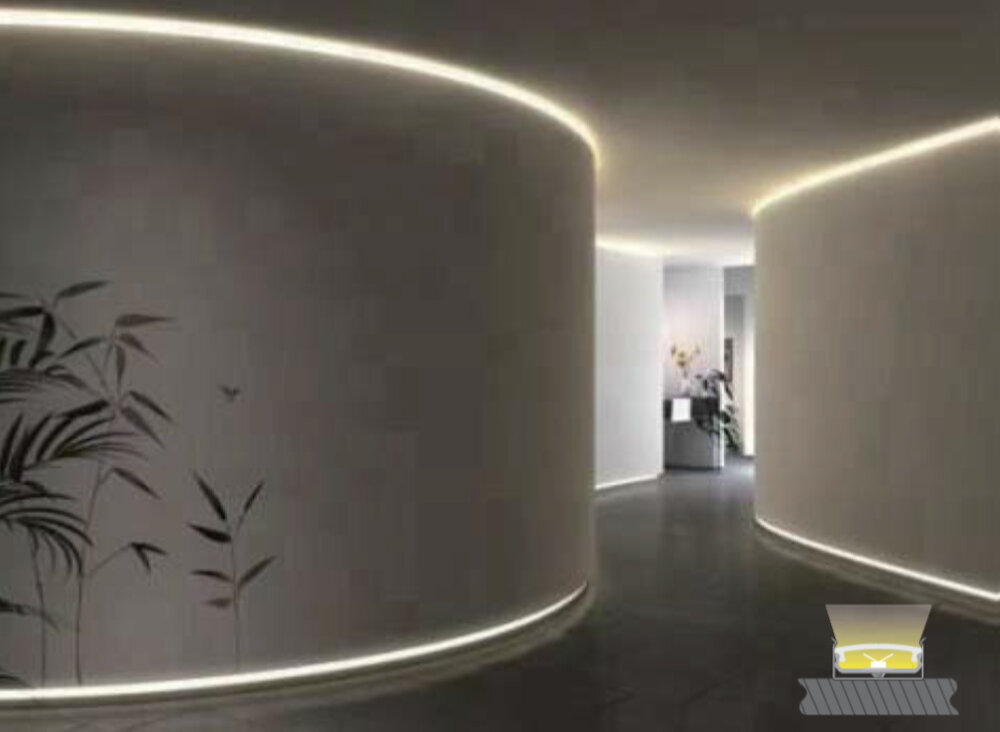
In conclusion, experiencing a broken LED light remote can be frustrating, but it does not have to be a permanent problem. There are several quick fixes that can help resolve the issue with minimal effort and cost. Whether it’s replacing the batteries, resetting the remote, or using a universal remote, there are options available to get your LED lights back up and running. It’s always important to check the troubleshooting guide that comes with your LED lights to ensure correct usage and to avoid damaging the remote. With a little patience and persistence, you can easily overcome this obstacle and continue enjoying the benefits of your LED lights.

